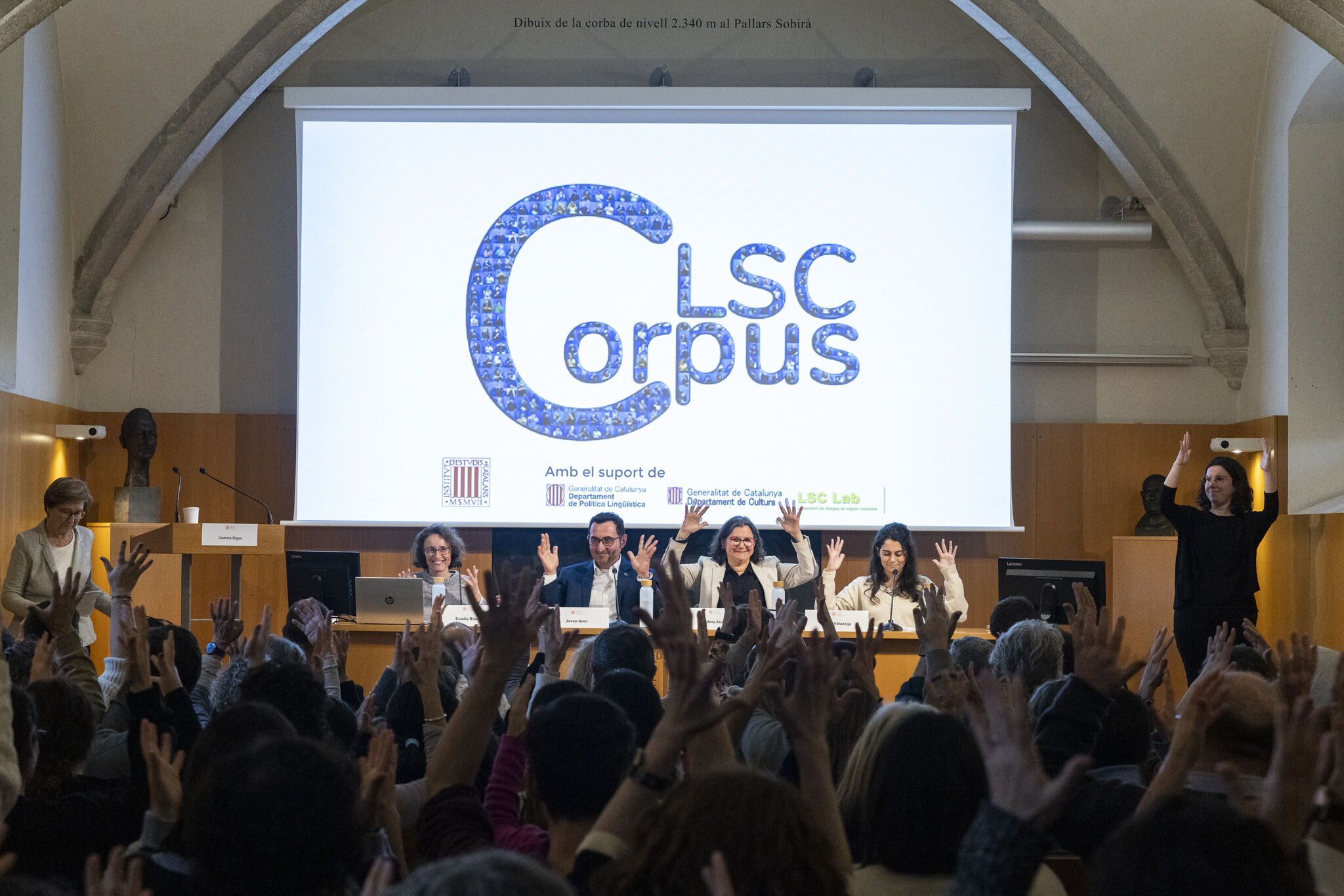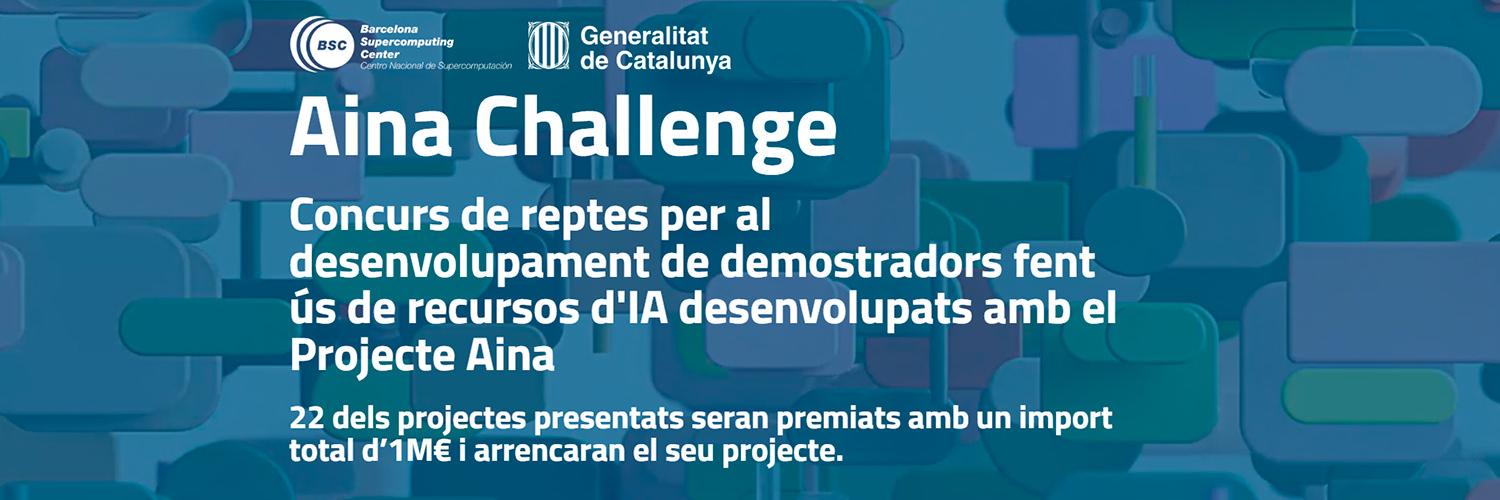The creation of the corpus, which will serve as a foundation for the standardisation of Catalan Sign Language, has been primarily led by the LSC Lab research group, a member of the AccessCat Network.
After years of work (the idea emerged in 2007 and the first project began in 2012), the Institut d’Estudis Catalans (IEC) has published the Corpus of Catalan Sign Language (Corpus LSC). This project has been directed by Josep Quer and coordinated by Gemma Barberà, both researchers from the LSC Lab research group, part of the AccessCat Network. Other researchers from the group and Network have also contributed to the development of the materials.
The Corpus LSC has several key objectives:
- Firstly, to document the current state of LSC using a broad and representative sample of different types of signed discourse.
- Secondly, to provide a basic and descriptive annotation and make most of the corpus available online as an accessible resource. This will allow the corpus to be used for research, educational purposes, and as a reference tool for users.
- Thirdly, to offer a valuable tool for research. This research can be theoretical, as the annotated dataset will enable descriptions and analyses to improve understanding of LSC’s grammar and lexicon. It can also be used for applied research, as the corpus will serve as a reference point for creating dictionaries and databases, as well as for developing automatic translation and artificial intelligence software.
As such, the Corpus LSC is a pioneering tool that will help establish the foundations for the standardisation of sign language. You can consult the Corpus LSC in English on its website.
The Corpus LSC was presented on 10 February at the IEC headquarters in Barcelona. The event featured the participation of Teresa Cabré, President of the IEC; Gemma Rigau, philologist at the IEC; Albert R. Casellas, President of FESOCA, an affiliated entity of the AccessCat Network; F. Xavier Vila, Counsellor for Language Policy of the Government of Catalonia; and the researchers of the Corpus LSC team. You can watch the event on streaming on the IEC YouTube channel [in Catalan].
During the event, among other demonstrations, the signing avatar developed by the GTI research group, led by researcher Josep Blat, a member of the AccessCat Network, was showcased.
Among the attendees were Horacio Saggion and Euan McGill, researchers from the TALN research group, of AccessCat. They explained that the Corpus LSC will be instrumental in advancing data-intensive technologies for LSC, such as the Tool to translate sign language to text, included in AccessCat’s catalogue, developed by TALN with the support of LSC Lab.



